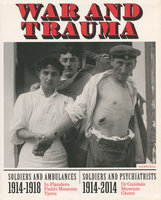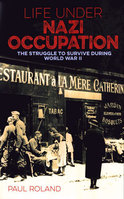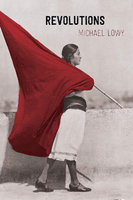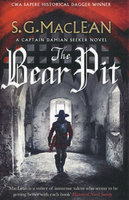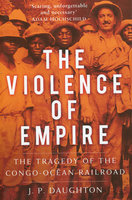New, Quality Gift Books - 50-90% off - over 2500 titles
Your basket is empty.
Categories Last Chance to buy! BOY SOLDIERS: A Personal Story of Nazi Elite Schooling
BOY SOLDIERS: A Personal Story of Nazi Elite Schooling
Book number: 93614
Product format: Hardback
In stock
Bibliophile price
£6.00
Published price
£20
Customers who bought this product also bought
|
WAR & TRAUMA
Book number: 93972
Product format: Paperback
Bibliophile price
£12.00
Published price
£25
|
FOR EVERY SAILOR AFLOAT, EVERY SOLDIER AT THE FRONT
Book number: 94236
Product format: Hardback
Bibliophile price
£8.00
Published price
£20
|
LIFE UNDER NAZI OCCUPATION
Book number: 88564
Product format: Paperback
Bibliophile price
£3.75
Published price
£9.99
|
|
REVOLUTIONS
Book number: 93952
Product format: Paperback
Bibliophile price
£8.00
Published price
£29.99
|
|
VIOLENCE OF EMPIRE: The Tragedy of the Congo-Ocean Railroad
Book number: 93630
Product format: Hardback
Bibliophile price
£6.00
Published price
£25
|
Browse these categories as well: Last Chance to buy!, War & Militaria, War Memoirs

